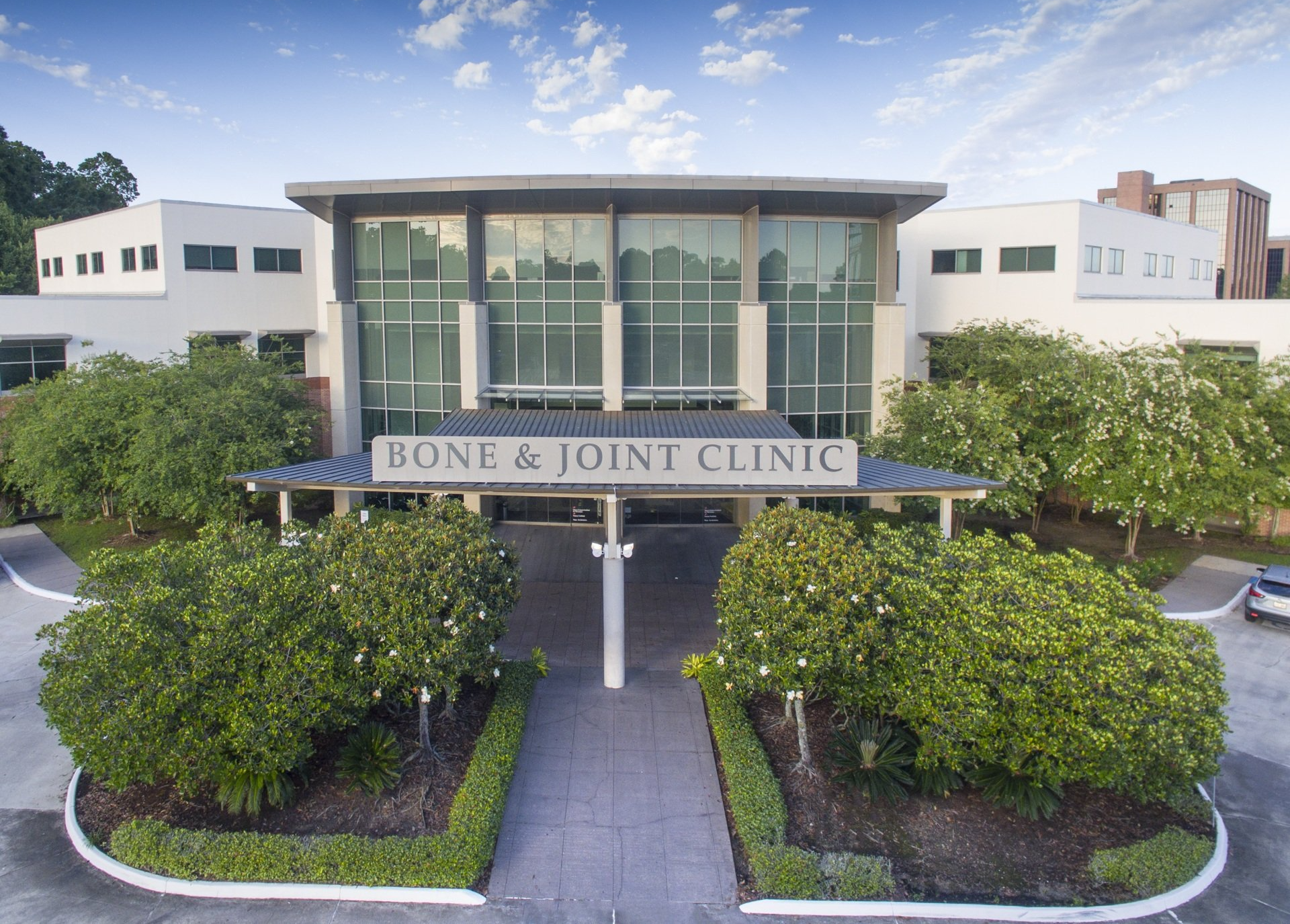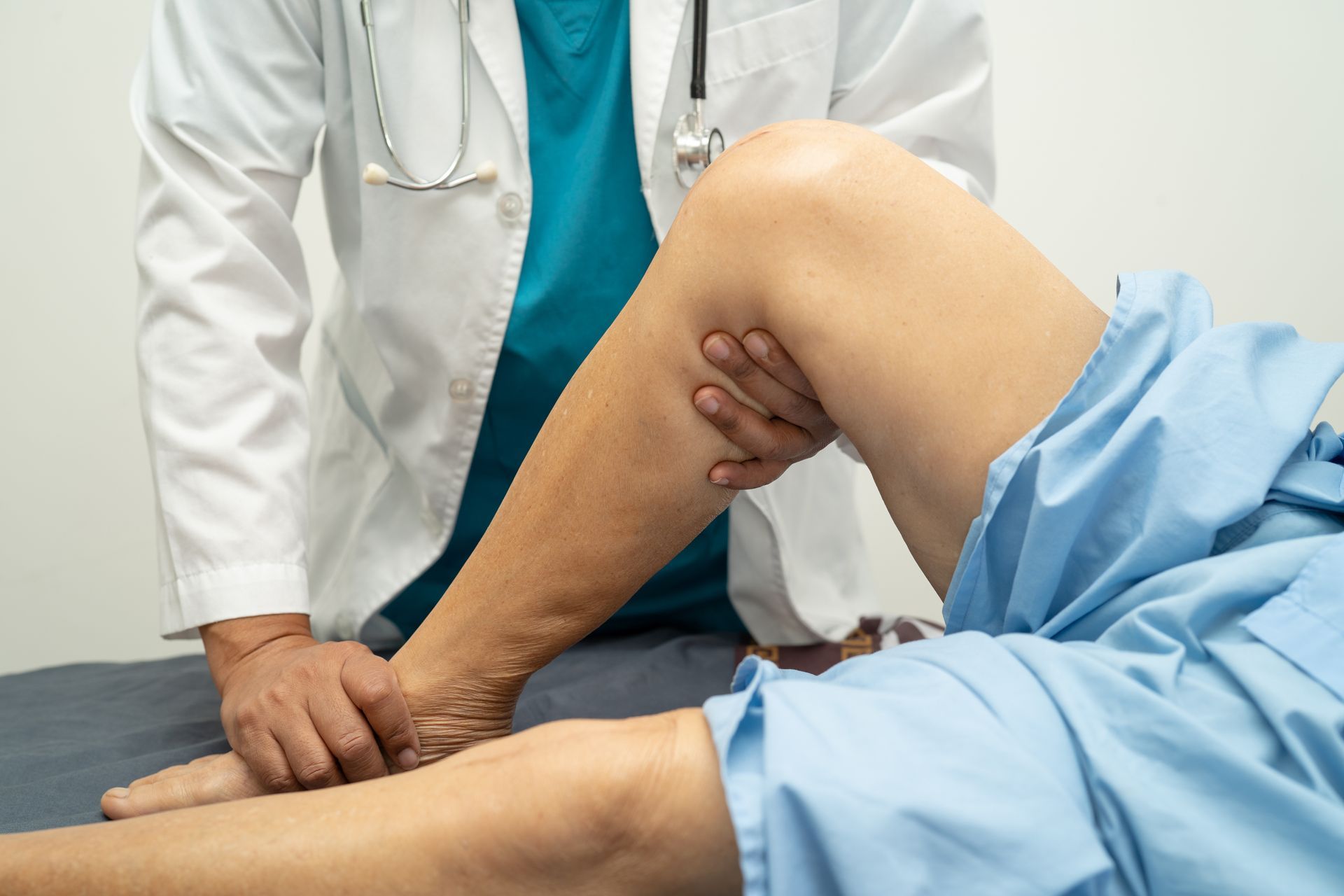Frozen shoulder and rotator cuff injuries are common causes of shoulder pain and mobility issues. While both affect the shoulder, they involve different structures and have different underlying causes. Understanding the difference between these two conditions is key to effective diagnosis and management.
What is Frozen Shoulder?
Frozen shoulder develops when the connective tissue surrounding the shoulder joint, known as the shoulder capsule, thickens and tightens, restricting movement. This condition typically progresses through three distinct phases: a gradual onset of pain and limited range of motion, followed by increased stiffness in the joint, and then a gradual return to near-normal movement and function of the shoulder.
What is a Rotator Cuff Injury?
Rotator cuff injuries refer to damage to any of the four muscles and their associated tendons that make up the rotator cuff in the shoulder. These muscles are responsible for stabilizing the shoulder joint and enabling a wide range of arm movements. Common injuries can include strains, tears that may require surgery, and tendinitis from overuse or impingement.
Key Differences Between Frozen Shoulder and Rotator Cuff Injuries
Although both conditions affect the shoulder and can cause pain and limited movement, they have distinct characteristics that set them apart.
Onset of Symptoms
- The onset of frozen shoulder is typically gradual, with mild pain that slowly worsens over weeks or months. There is often no indication of a specific injury or trauma triggering the condition; however, a history of diabetes, as well as prolonged immobilization of the shoulder joint, can lead to frozen shoulder.
- Rotator cuff injuries often have a more sudden onset, particularly when caused by an acute event such as lifting something heavy, a fall, or a sudden overhead motion. While repetitive strain and degenerative changes can also gradually lead to rotator cuff injuries, the pain associated with them arises more quickly and can be traced back to specific movements or activities.
Location and Type of Pain
- Pain from a frozen shoulder is usually dull, aching, and constant. It is often felt deep within the shoulder and can radiate into the upper arm. It is typically worse at night and can disrupt sleep.
- Rotator cuff injuries tend to produce more sharp, localized pain that can be associated with specific activities or movements. Pain may be more intense while performing these activities, and weakness and instability in the shoulder may also be present.
Limitations on Shoulder Range of Motion and Movement
- One of the hallmark features of frozen shoulder is a significant and progressive reduction in both active and passive range of motion. Moving the shoulder in any direction, either on your own or with assistance (passive movement), will encounter resistance, and the shoulder may feel stuck or locked in place. This can be due to the thickening and tightening of the shoulder capsule, which can be identified through imaging such as X-ray or MRI.
- Rotator Cuff injuries primarily reduce the range of motion during active movement, while passive movement may be less restricted. The pain often increases with specific activities that involve overhead or lifting motions. These injuries do not generally cause a global restriction in movement but rather specific limitations depending on the type and severity of the injury.
If you experience persistent shoulder pain or stiffness, consult a healthcare provider to address the issue promptly, as early intervention can prevent further aggravation. The qualified team of physicians at Bone and Joint Clinic includes orthopedic shoulder specialists who can diagnose and treat a range of conditions. Contact our office today to request an appointment.




